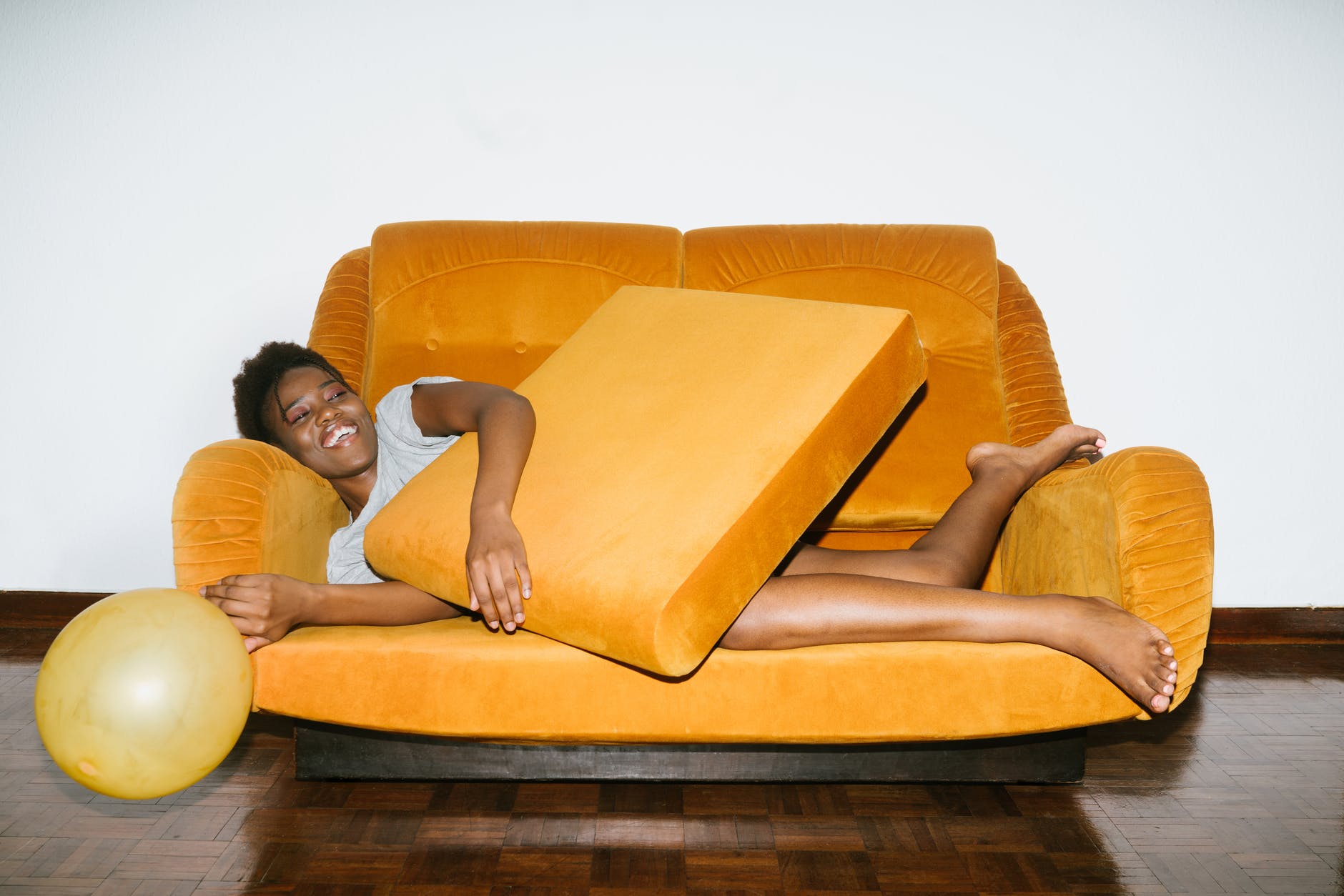In today’s fast-paced world, many people struggle with mood disorders and sleep difficulties. Depression, anxiety, and insomnia affect millions worldwide, impacting quality of life, productivity, and overall health. One innovative and non-invasive treatment gaining traction for its ability to improve both mood and sleep is LED light therapy.
This article explores how LED light therapy works, the science behind its effects, and how it can be used as a supportive tool to enhance mental health and promote better sleep.
What Is LED Light Therapy?
LED (Light Emitting Diode) light therapy uses specific wavelengths of light to stimulate cellular processes in the body. Originally developed for skin treatments, this therapy has evolved to target various health issues by affecting cells and tissues beyond the skin surface.
Different colors of LED light—such as red, blue, and near-infrared—have distinct biological effects. Devices range from handheld gadgets to full-face masks and light panels, offering flexible treatment options.
How Does LED Light Therapy Work?
LED light therapy works by delivering light photons to cells, which absorb the energy and trigger biochemical reactions. This process is called photobiomodulation. When cells absorb these photons, they enhance their mitochondrial function—the mitochondria being the “powerhouses” that generate energy in cells.
Improved mitochondrial activity leads to increased production of adenosine triphosphate (ATP), the energy currency of cells. This boost in cellular energy supports tissue repair, reduces inflammation, and balances neurotransmitters, all of which contribute to improved mood and sleep regulation.
LED Light Therapy and Mood Enhancement
Research has demonstrated that LED light therapy can positively influence mood by:
- Increasing the production of serotonin, a neurotransmitter known as the “feel-good” chemical
- Modulating melatonin, the hormone that regulates sleep-wake cycles
- Reducing inflammation and oxidative stress linked to depression and anxiety
- Supporting neurogenesis, or the growth of new brain cells in areas related to mood regulation
For individuals experiencing seasonal affective disorder (SAD), depression, or anxiety, LED light therapy offers a drug-free option that may alleviate symptoms and improve emotional well-being.
The Connection Between Light and Circadian Rhythms
Our bodies follow a natural 24-hour cycle called the circadian rhythm, which governs sleep patterns, hormone release, and other vital functions. Exposure to natural light is a primary cue that keeps this rhythm synchronized.
Modern lifestyles with increased indoor time and exposure to artificial lighting can disrupt circadian rhythms, leading to sleep disorders and mood imbalances. LED light therapy, particularly with blue-enriched light, can help reset and stabilize these rhythms by mimicking natural sunlight.
Using LED Light Therapy to Improve Sleep Quality
Sleep is essential for physical and mental restoration. Poor sleep can worsen mood disorders, impair cognition, and increase the risk of chronic diseases.
LED light therapy improves sleep by:
- Regulating melatonin production, helping you fall asleep faster and stay asleep longer
- Enhancing slow-wave sleep stages, which are the most restorative phases of sleep
- Reducing symptoms of insomnia and sleep disturbances related to mood disorders
Patients using LED light therapy often report waking up feeling more refreshed and experiencing better overall sleep quality.
Types of LED Light Therapy for Mood and Sleep
Different wavelengths target various issues:
- Blue Light: Often used in the morning to boost alertness and mood by suppressing melatonin temporarily, helping reset circadian rhythms. However, excessive exposure at night can disrupt sleep, so timing is critical.
- Red Light: Promotes relaxation, reduces inflammation, and enhances mitochondrial function. Red light therapy is often used in the evening to support deeper sleep without interfering with melatonin.
- Near-Infrared Light: Penetrates deeper tissues, promoting cellular repair and reducing inflammation, which may indirectly support better sleep and mood.
Choosing the right wavelength and timing enhances therapeutic benefits.
How to Incorporate LED Light Therapy Into Your Routine
To optimize mood and sleep, consider these tips:
- Use blue light therapy in the early morning for about 20-30 minutes to stimulate wakefulness and mood.
- Apply red or near-infrared light therapy in the evening to promote relaxation and prepare the body for sleep.
- Avoid bright screens and blue light exposure in the hour before bedtime to prevent melatonin suppression.
- Maintain consistent daily use to reinforce circadian rhythms and maximize benefits.
Consulting with a healthcare professional can help tailor a routine based on your specific needs.
Safety and Side Effects
LED light therapy is generally safe and non-invasive, with minimal side effects. Some users may experience mild eye strain or headache, especially if the light is too bright or sessions are too long. Protective eyewear and proper device use can mitigate these effects.
People with photosensitive conditions or those taking medications that increase light sensitivity should consult a doctor before starting therapy.
Scientific Evidence Supporting LED Light Therapy
Multiple studies support the efficacy of LED light therapy for mood and sleep:
- Clinical trials have shown significant improvement in depressive symptoms among patients with seasonal affective disorder after regular light therapy.
- Research indicates red light therapy enhances sleep quality and reduces sleep onset latency.
- Studies highlight the role of photobiomodulation in reducing neuroinflammation and supporting brain health, which are critical factors in mood regulation.
While ongoing research continues to expand understanding, existing evidence validates LED light therapy as a useful adjunctive treatment.
Complementary Lifestyle Practices for Mood and Sleep
For optimal results, combine LED light therapy with lifestyle habits that promote mental and physical health:
- Maintain a consistent sleep schedule
- Practice relaxation techniques such as meditation or deep breathing
- Engage in regular physical activity
- Limit caffeine and alcohol intake, especially close to bedtime
- Create a sleep-friendly environment—cool, dark, and quiet
Together, these strategies amplify the benefits of LED light therapy.
Who Should Consider LED Light Therapy?
LED light therapy may be suitable for individuals who:
- Experience seasonal or chronic mood disorders such as depression or anxiety
- Struggle with insomnia or irregular sleep patterns
- Have disrupted circadian rhythms due to shift work or jet lag
- Seek non-pharmaceutical support for mental well-being
- Are interested in integrative approaches to health
It is not a replacement for professional mental health treatment but can be a valuable complement.
Choosing the Right LED Light Therapy Device
With many devices on the market, selecting the right one is important:
- Look for devices that emit clinically proven wavelengths (blue 460-480 nm, red 630-660 nm, near-infrared 800-900 nm)
- Check for proper certification and safety standards
- Consider convenience and usability for daily consistent use
- Consult with a healthcare provider for recommendations tailored to your needs
Quality devices ensure effective and safe therapy.
Final Thoughts: Harnessing LED Light Therapy for Better Mood and Sleep
LED light therapy represents a safe, accessible, and scientifically supported way to improve mood and sleep. By stimulating cellular processes, regulating neurotransmitters, and supporting circadian rhythms, this therapy offers hope for those seeking relief from mood disorders and sleep difficulties.
If you struggle with mood imbalances or sleep disturbances, consider discussing LED light therapy with a healthcare professional to explore if it’s a suitable addition to your wellness routine. With consistent use and supportive lifestyle changes, LED light therapy can be a powerful tool to enhance your mental and physical health. Call us at 205-352-9141.











